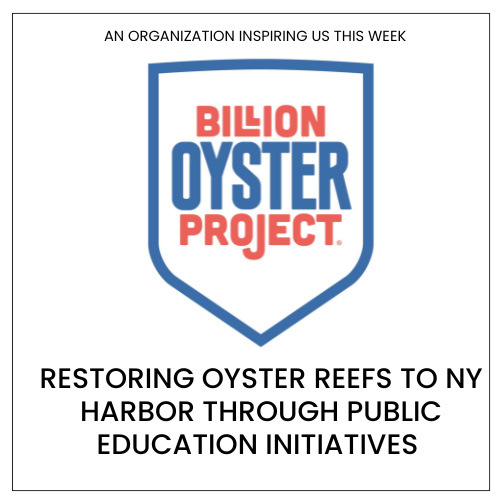CSO - Stories in Science
Why I Sci

by Natalie Hamer | Biomedical Science Student at Newcastle University |
[dropcap]M[/dropcap]y favorite question has always been ‘why?’ As a child, this question frustrated my mother to no end. I asked her a million questions, and interrogated all of her answers. When I wasn’t demanding to know ‘why’, I could often be found with my head in a book trying to absorb as much knowledge as possible. But it was never enough. The more I learned, the more I needed to know. Naturally, this led me to the world of science. I was fascinated by how every cell in our body has the same set of instructions yet some form skin cells whilst others become red blood cells. I was amazed that the sun is a burning ball of gas held together by its own gravity, yet somehow it provides the energy we need to generate all life on Earth. These amazing concepts seemed too big to comprehend. Yet, instead of shying away from them, I dove right in and readily accepted the challenges they posed.

A friend of mine had applied to study a bachelor’s degree in biomedical sciences and was delighted to accept her admission. When I asked her why she’d chosen a degree in science, a field where the public often overlook all your hard work and great discoveries, she told me this:
“As a medical doctor, I may help a few hundred people over my life time. But as a scientist, my discoveries could change the lives of billions.”
It’s funny how a simple sentence can change the course of your entire life. But her words did just that. Abandoning my plans to go to medical school, I also accepted a bachelor’s of biomedical sciences from Newcastle University and three years on, I can honestly say it’s the best decision I’ve ever made. Every day I get to follow my passion and delve into all the intricacies of the human body. The best thing for me is that learning never ceases. There’s always more to know and more questions to be answered. I currently work at GlaxoSmithKline (GSK) trying to develop cures for certain auto-immune diseases but next year I plan to take on a new challenge, the PhD.
A huge part of my science journey has also been in science communication. I am saddened that too much of the extraordinary research going on in the world rarely makes it to the eyes of the masses. This is something that I want to change. With that in mind, I put a lot of effort in making all the exciting science research that continually amazes me more accessible to everyday people. It doesn’t matter how great your research is if it never leaves the lab or is trapped behind a wall of inaccessible jargon. In my eyes, great science and public engagement go hand in hand. Who wouldn’t want to share their passion with the world? At the moment, I do this through my blog, www.scishot.wordpress.com, and this is something that I hope to continue wherever my career in science may take me. Who knows? Maybe one day, I’ll inspire someone else to become a scientist just like my friend inspired me.
Featured Image is by Qimono from Pixabay | Image is titled “Question Mark” | CC0 Public Domain
The CS Media Lab is a Boston-anchored civic science news collective with local, national and global coverage on TV, digital print, and radio through CivicSciTV, CivicSciTimes, and CivicSciRadio. Programs include Questions of the Day, Changemakers, QuickTake, Consider This Next, Stories in Science, Sai Resident Collective and more.

-
Civic Science Observer2 weeks ago
What are the objectives of the Neurotech Justice Accelerator at Mass General Brigham?
-
Civic Science Observer2 months ago
New survey explores what people in South Africa expect of publicly visible scientists – why it matters
-
Civic Science Observer2 months ago
Ecosystem building in action: Science Talk 2025 and the dynamic civic science conference landscape
-
Civic Science Observer1 month ago
Dear Colleagues: Now is the time to scale up public engagement with science






















